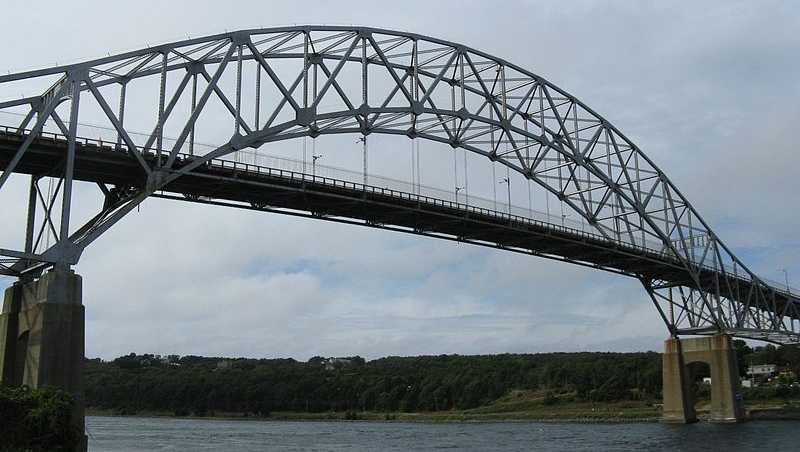F-Line to Dudley
Senior Member
- Joined
- Nov 2, 2010
- Messages
- 9,546
- Reaction score
- 10,407
Chatham's schedules weren't quite as awful. 47 minutes Yarmouth-Chatham over 18 miles in 1930. Stops east of Yarmouth at Bass River, South Dennis, North Harwich, Harwich, Harwich Center, South Harwich, South Chatham, Chatham. Pretty slow, but not as hopeless as P'town. And the ROW, while abandoned pre-1940, is preserved except for the airport because of the adjacent power line ROW. But Chatham is pretty small, and Route 28 is pretty direct...so NYNH&H bustituted that one too in the late-30's with its in-house coach bus ops taking transfers out of Hyannis.Understood about P'town. I thought maybe at least Orleans could work but an armchair overview of the density makes the demand seem doubtful.
What about the Chatham Branch though? Looking at the Google Map shared above, the old ROW looks much straighter than the Main out to P'town or even just Orleans. Density along the southern shore seems higher, and you're much farther from the P'town-Boston ferry connection even than Orleans is. Farther from US-6 too with its grade-separated speeds. Downtown Chatham would be a heavy lift because I don't see an easy way around the airport smack in the middle of the ROW, but a terminus at the airport itself might work as the transit hub for the "elbow" of the Cape, with stops at South Chatham, Harwich Center, and Route 134 on the way back to Yarmouth Junction. Sure, it's not high on the priority list - This would have to be a universe with SCR Phase II well up and running and normal MBTA regional trains running to Hyannis. It's probably even below reactiviation to Falmouth and Woods Hole. But could it be at least possible in a way that the totally DOA P'town reactivation is not?
CCRTA's H2O bus does Hyannis-Harwich-Chatham via Route 28 in about 58 minutes, making a lot more stops than the train. Not much difference at all, and substantial improvement possible if you did a streamlined Hyannis-Chatham route up 28. Given the rail priority of keeping frequencies strong to Hyannis, I don't think you'd ever want to fork frequencies at Yarmouth Jct. for the sake of Chatham when the bus has additional performance gears it can achieve. Cape's rail future pretty firmly stares down at Hyannis and Falmouth, but nowhere else.
Last edited:




